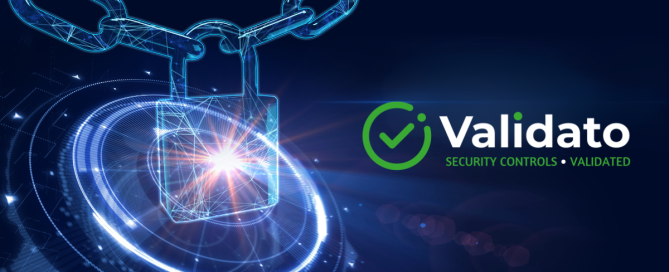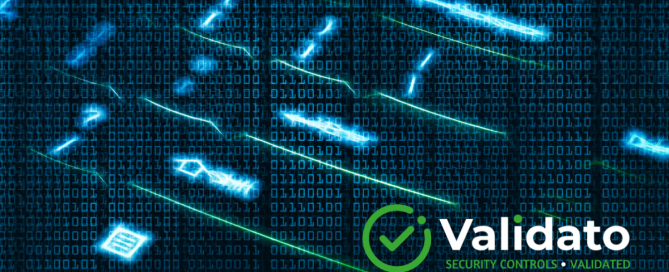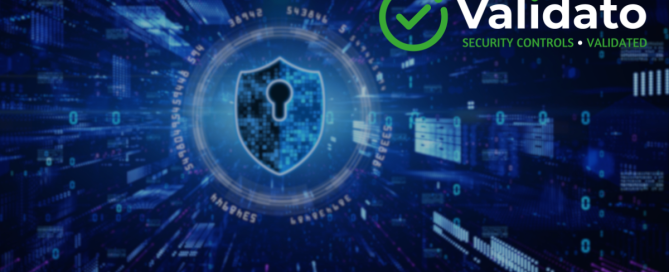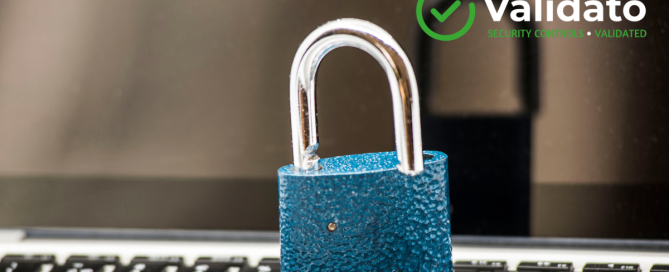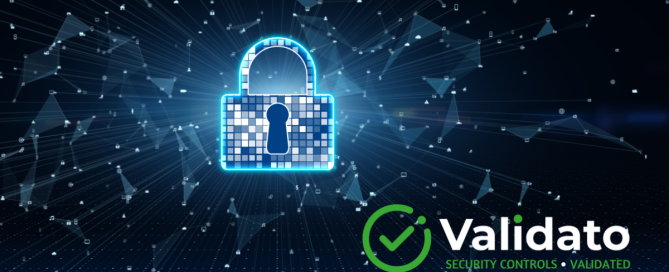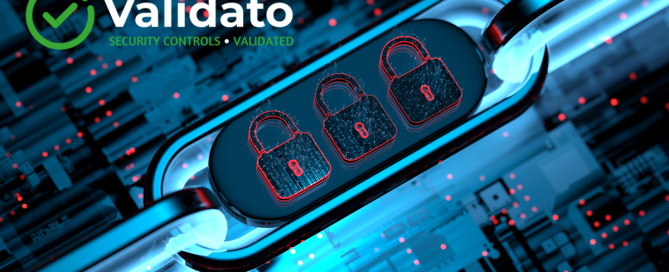What is Adversarial Exposure Validation?
Adversarial exposure validation is a cybersecurity testing methodology that simulates real-world attack techniques to identify vulnerabilities in an organisation’s security controls. Unlike traditional security assessments that rely on theoretical vulnerability data, this approach actively tests defences by mimicking actual threat actor behaviours across Windows, Linux, and Mac environments. It provides empirical evidence about which attack scenarios would succeed, helping organisations understand their true security posture and prioritise remediation efforts based on validated risks rather than assumptions. Modern cybersecurity strategies require more than just installing security tools and hoping they work effectively. Adversarial exposure validation represents a fundamental shift in how


